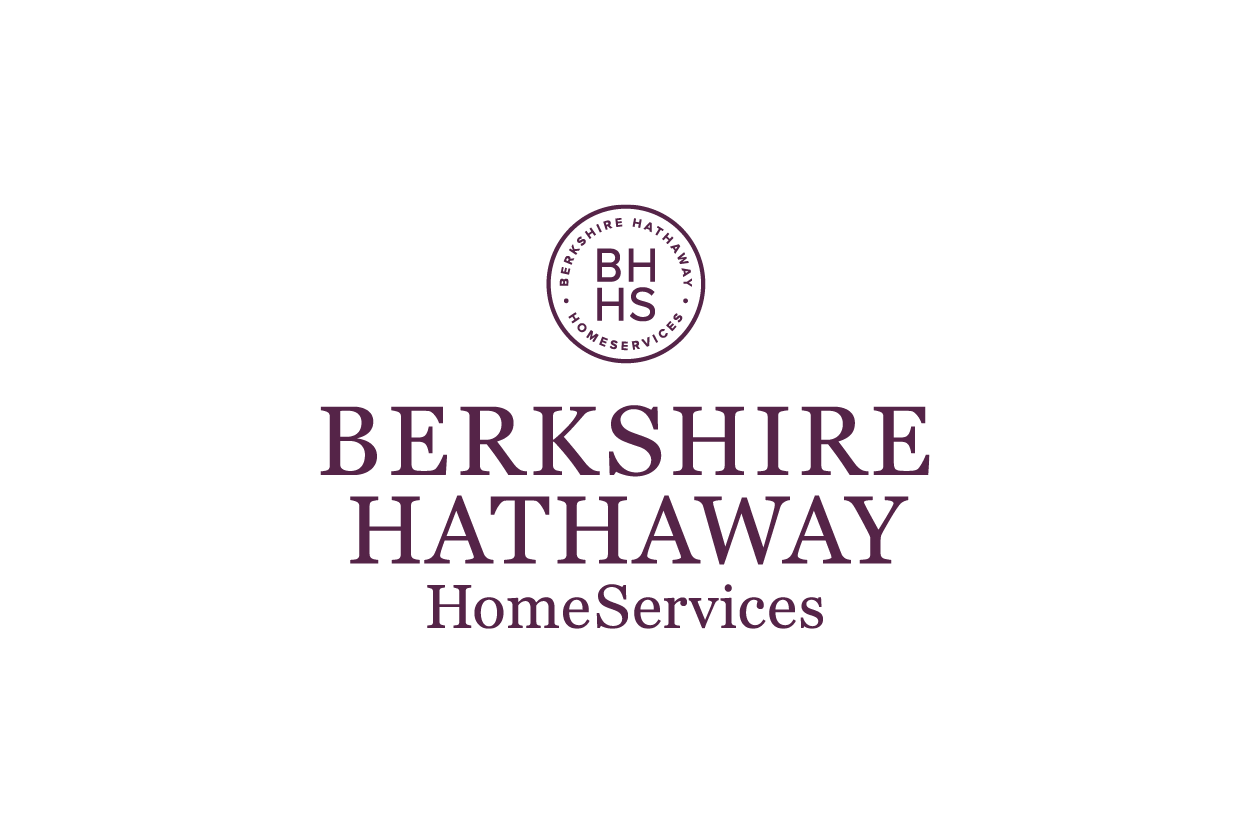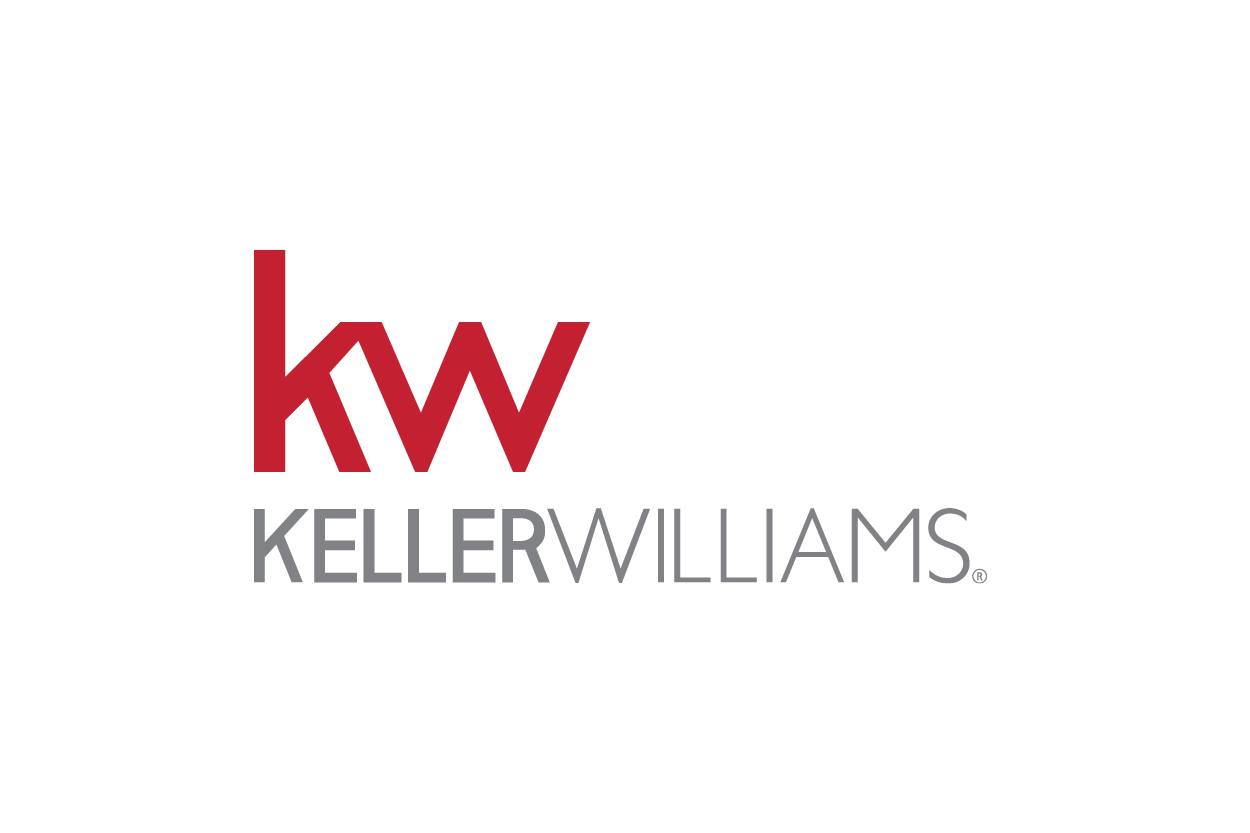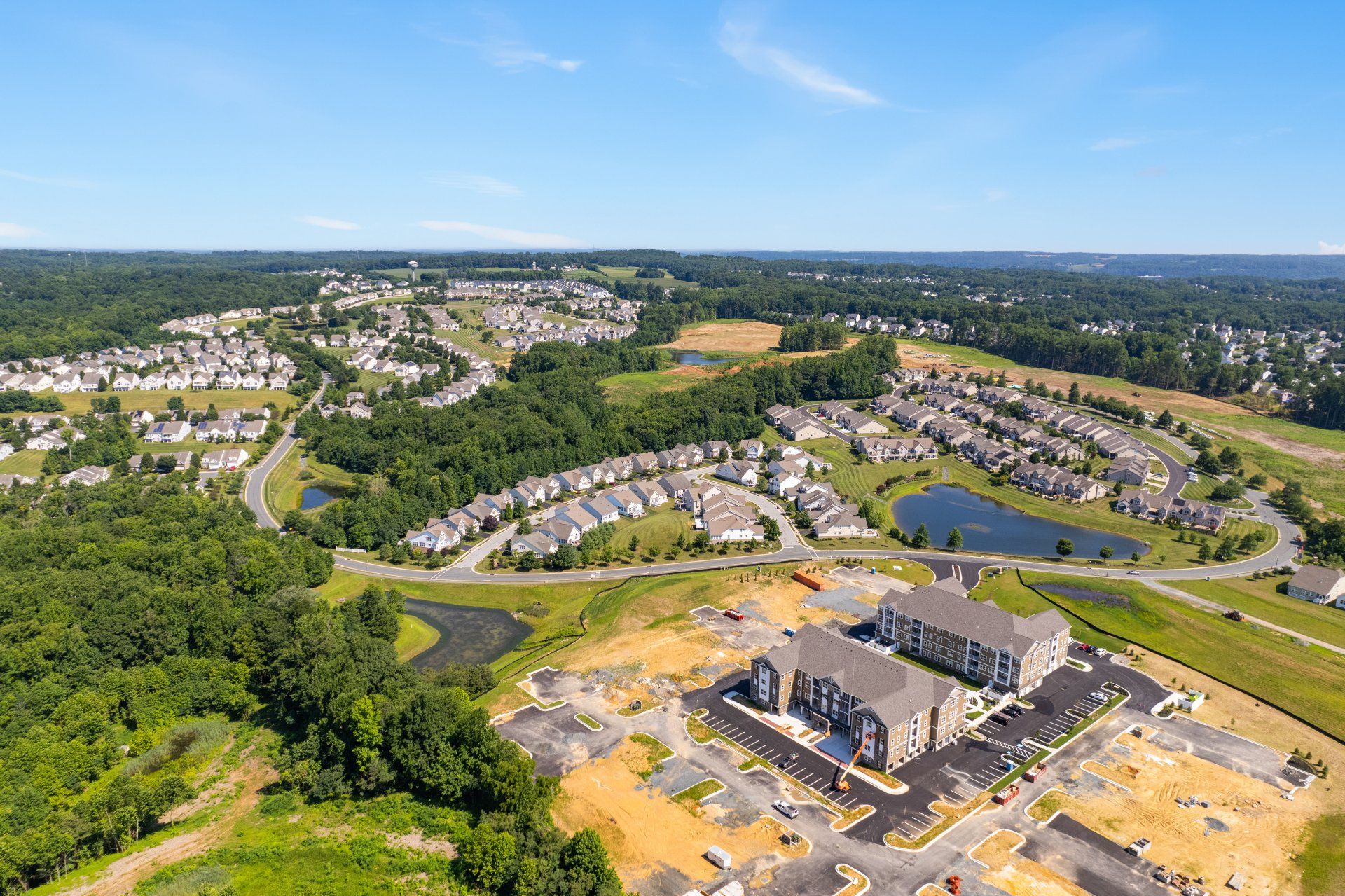Meet Victor Coll, a seasoned expert in the art of in-bound content marketing. With a proven track record in crafting winning content strategies, Victor excels in attracting and engaging audiences organically. His proficiency extends to optimizing content for maximum impact, resulting in increased brand visibility and audience retention. Victor's dedication to the art of in-bound content marketing has helped businesses achieve remarkable growth. Join him as he shares invaluable insights and strategies to empower your content marketing efforts and drive meaningful connections with your target audience.
Considering Drone Photography? Well, Your Options Just Expanded
WHY PAY MORE?
Drones are making a mark. They have been for some time. Used for anything from construction planning to package delivery, and from recreation to real estate photos, these unmanned aerial vehicles, or UAVs for short, have taken to the skies by the hundreds of thousands in the United States alone. To ensure safety and security, the Federal Aviation Administration (FAA) has put into effect a number of regulations on drone use, the most recent of which could quite possibly expand the potential for your real estate drone photography.
UAVs are not really new. In fact, they have been around in some form for the past hundred years or so. For much of their history,
drones were used almost exclusively by the military, but that has changed in recent years. As drones have gotten smaller, lighter, more powerful, and less expensive, they have exploded in popularity for both recreational and commercial use.
FAA Regulations
Naturally, all of that additional air traffic has caught the eye of - and necessitated action by - the FAA. In 2016, they issued their Small Unmanned Aircraft Systems Regulations to deal with drones. Known as Part 107 of the FAA code, the regulations include limits on drone use that add up to some common sense requirements, such as avoiding manned aircraft or keeping your drone in sight at all times. Part 107 also prohibits operation of a drone in a careless or reckless manner.
And if you want to fly a drone for commercial purposes, the FAA also requires that a drone operator be certified under Part 107. To do this, a pilot must register with the FAA, study for and pass a knowledge test, and apply for certification. A drone must also be registered with the FAA and insured against damages related to a crash.
The regulations in Part 107 also prohibited anyone from flying a drone over people who are not direct participants in the operation. And drones could only be flown during daylight hours. These two regulations placed considerable limitations on where and when a drone could capture aerial photos or
real estate videos.
But just this year, the FAA issued new regulations that ease restrictions on certain operations that were either prohibited in the past or required special permission to conduct.
New Regulations
Effective in April of 2021, two changes to drone regulations took effect. In anticipation of an increased demand for flexibility in small UAV operations, brought about by advances in technology and their rise in popularity, the FAA implemented the “Operations Over People” regulation. This new rule allows routine flights over people and operations at night under certain circumstances. The rule goes on to establish multiple categories of drones authorized to operate over people and moving vehicles, and it establishes operational limits for each category and type of flight. Additional equipment and training requirements apply, but they allow more freedom for drone use.
The main reason that these changes were possible is the other regulation that took effect. The “UAS Remote Identification” rule relates to a drone's ability to provide identification and location information that can be received and tracked while it is in flight. Remote ID aids the FAA, law enforcement, and other federal agencies in finding the remote control station in the case that a drone appears to be flying in an unsafe manner or in a place where it does not belong.
Remote ID also lays a foundation for security that will be needed as drone operations become more complex. This rule will require remote ID on most drones operating in the US, making them capable of providing the identity, location, and altitude of the drone, along with the control station or take-off location. All drone pilots who are required to register their UAV will also be required to comply with the remote ID rule by September 16, 2023.
New Opportunities
What might these changes mean for real estate photography? Added opportunities, that’s what. Whether you choose to purchase a drone and earn certification yourself, or you opt to hire a drone photography service for your aerial images, the new rules create room for creative marketing.
For instance, now, you can capture aerial photos of homes in highly-populated areas, such as busy urban neighborhoods or condos. Operating at night opens up the possibility of capturing twilight images from the air. And not only pictures or
videos of a home, but of other places of interest in the community as well.
Of course, it is essential that anyone taking advantage of these new opportunities become thoroughly familiar with the requirements of the FAA, as well as any state or local laws that impact drone operation. One thing is for sure, with the new regulations loosening restrictions on drone use, the
future of drone photography for real estate contains some promising potential.


Real Estate Photography Blog Categories



CONTACT US
Brought to you by
1 Texas Station Court
Suite 130
Timonium, MD 21093
All Rights Reserved | ©2025 Hometrack Real Estate Marketing | Privacy Policy | Powered By Craig Westerman, Victor Ivan Coll , and Juno Digital Media













